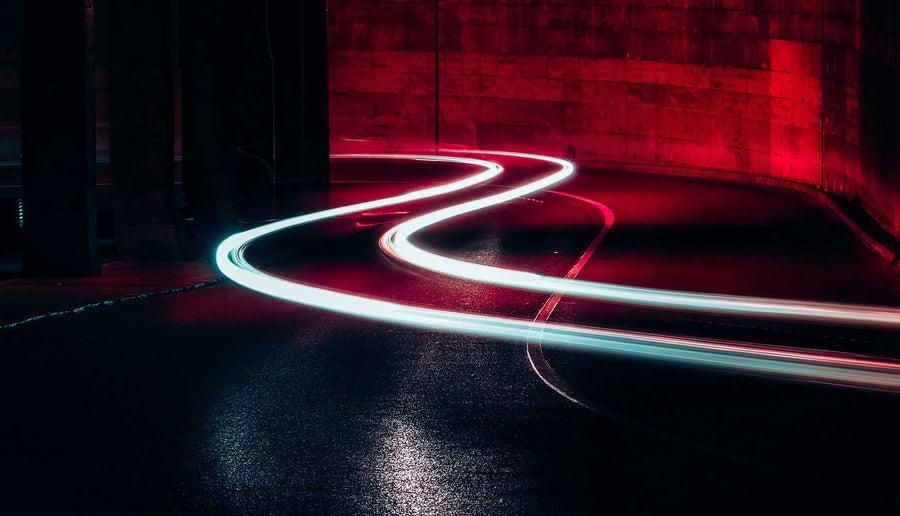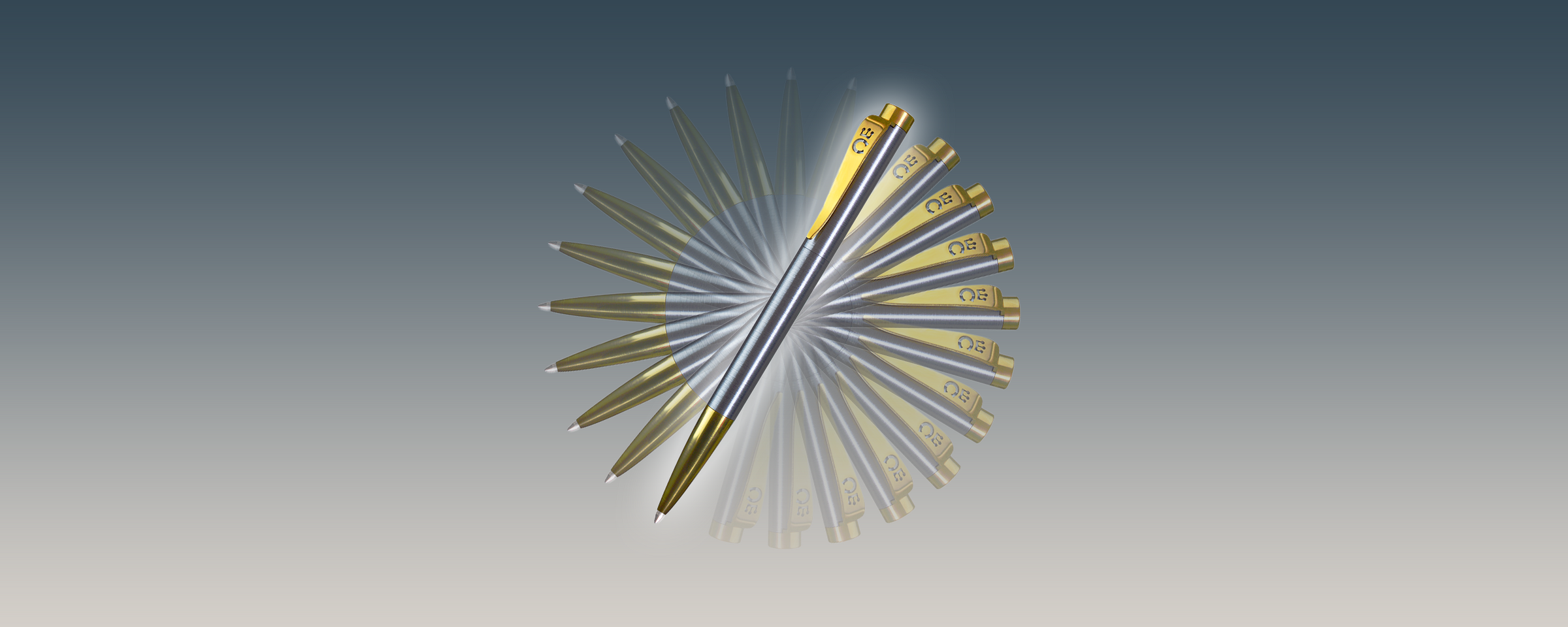Introduction to Indian poetry
- Introduction
- History of Indian Poetry
- Types of Indian Poetry
- Features of Indian Poetry
- Common Themes in Indian Poetry
- Language and Style
- Famous Indian Poets
- Examples of Indian Poetry
- Conclusion
Introduction
Indian poetry, with its rich history and diversity, reflects the cultural, linguistic, and philosophical multiplicity of the Indian subcontinent. From classical Sanskrit poetry to the contemporary verses of Indian poets writing in English, Indian poetry encompasses a wide range of styles, themes, and forms.
History of Indian Poetry
Indian poetry has a long and illustrious history dating back to the Vedic period, around 1500 BCE. The Vedas, the oldest sacred texts of Hinduism, contain hymns and prayers composed in verse.
In the classical period, between 200 BCE and 1200 CE, Sanskrit literature flourished, producing epic poems like the Ramayana and the Mahabharata, as well as lyrical poetry, drama, and philosophical works. Notable poets from this period include Kalidasa, Bhartrihari, and Bhavabhuti.
The medieval period, from the 12th to the 18th century, saw the emergence of various poetic traditions, including Bhakti and Sufi poetry. Bhakti poets like Kabir, Mirabai, and Tulsidas composed devotional verses in languages such as Hindi, Bengali, and Punjabi, expressing their love and devotion to God. Sufi poets like Rumi, Hafiz, and Bulleh Shah wrote in languages such as Persian, Urdu, and Punjabi, using symbols and metaphors to convey their mystical experiences.
With the arrival of the British in the 18th century, Indian poetry began to incorporate Western influences, leading to the development of modern Indian poetry. Poets like Rabindranath Tagore, Sarojini Naidu, and A.K. Ramanujan have contributed to this tradition, writing in languages like English, Hindi, and Bengali.
Types of Indian Poetry
1. Classical Indian Poetry
Classical Indian poetry, composed in languages like Sanskrit, Tamil, and Prakrit, is characterized by its intricate meter, rich imagery, and philosophical depth. It includes epic poems like the Ramayana and the Mahabharata, as well as lyrical poetry like the works of Kalidasa and Bhartrihari.
2. Bhakti Poetry
Bhakti poetry emerged in the medieval period as a form of devotional expression, focusing on the personal relationship between the devotee and the divine. Poets like Kabir, Mirabai, and Tulsidas wrote bhajans and dohas in various languages, including Hindi, Bengali, and Punjabi.
- Kabir (1440–1518): A mystic poet, Kabir's dohas explore themes of love, devotion, and spiritual enlightenment.
- Mirabai (1498–1547): A Rajput princess and devotee of Lord Krishna, Mirabai's bhajans express her love and longing for the divine.
- Tulsidas (1532–1623): Best known for his epic poem, the Ramcharitmanas, Tulsidas composed devotional verses in praise of Lord Rama.
3. Sufi Poetry
Sufi poetry, influenced by Islamic mysticism, explores themes of love, devotion, and the search for spiritual truth. Poets like Rumi, Hafiz, and Bulleh Shah wrote in languages such as Persian, Urdu, and Punjabi, using symbols and metaphors to convey their mystical experiences.
- Rumi (1207–1273): A Persian poet, Rumi's poetry celebrates love, spirituality, and the search for divine truth.
- Hafiz (1315–1390): A Persian poet known for his ghazals, Hafiz's poetry explores themes of love, wine, and spiritual ecstasy.
- Bulleh Shah (1680–1757): A Punjabi Sufi poet, Bulleh Shah's poetry challenges religious orthodoxy and emphasizes the importance of love and tolerance.
4. Modern Indian Poetry
Modern Indian poetry encompasses a wide range of styles and themes, reflecting the diversity of Indian society. Poets like Rabindranath Tagore, Sarojini Naidu, and A.K. Ramanujan have contributed to this tradition, writing in languages like English, Hindi, and Bengali.
- Rabindranath Tagore (1861–1941): A Nobel laureate, Tagore is best known for his poetry collection Gitanjali, which was published in 1910.
- Sarojini Naidu (1879–1949): Known as the Nightingale of India, Naidu was a prominent poet and politician who played a key role in the Indian independence movement.
- A.K. Ramanujan (1929–1993): A modern Indian poet, Ramanujan's poetry explores themes of language, culture, and identity.
Features of Indian Poetry
Indian poetry is known for its use of rich imagery, metaphor, and symbolism to convey complex emotions and ideas. It often incorporates elements of nature, mythology, and religion, reflecting the cultural and spiritual heritage of India.
Common Themes in Indian Poetry
Themes such as love, longing, nature, and spirituality are common in Indian poetry. Poets often explore the human condition, the search for meaning, and the relationship between the individual and the divine.
Language and Style
Indian poetry is written in a variety of languages, including Sanskrit, Hindi, Urdu, Bengali, Tamil, and English. Each language has its own poetic traditions and forms, ranging from classical meters to free verse.
Famous Indian Poets
- Rabindranath Tagore (1861–1941): A Nobel laureate, Tagore is best known for his poetry collection *
Gitanjali*.
- Mirza Ghalib (1797–1869): A prominent Urdu and Persian poet, Ghalib's ghazals are celebrated for their wit and depth.
- Kabir (1440–1518): A mystic poet, Kabir's dohas explore themes of love, devotion, and spiritual enlightenment.
- Sarojini Naidu (1879–1949): Known as the Nightingale of India, Naidu was a prominent poet and politician.
- Kamala Das (1934–2009): A modern Indian poet, Das' poetry explores themes of love, sexuality, and identity.
Examples of Indian Poetry
- From Rabindranath Tagore's Gitanjali (1910)
"Where the mind is without fear and the head is held high, Where knowledge is free, Where the world has not been broken up into fragments, By narrow domestic walls..."
- From Kabir's Doha
"Dukh mein sumiran sab kare, sukh mein kare na koi Jo sukh mein sumiran kare, toh dukh kahe ko hoye"
- From Mirza Ghalib's Ghazal
"Hazaaron khwahishen aisi ke har khwahish pe dam nikle Bahut nikle mere armaan, lekin phir bhi kam nikle"
- From Sarojini Naidu's In The Bazaars of Hyderabad (1912)
"What do you sell, O ye merchants? Richly your wares are displayed, Turbans of crimson and silver, Tunics of purple brocade, Mirrors with panels of amber, Daggers with handles of jade."
- From Kamala Das' An Introduction (1973)
"I am Indian, very brown, born in Malabar, I speak three languages, write in Two, dream in one."
- From A.K. Ramanujan's A River (1966)
"A river falls from the mountain and floods the fields and villages below."
- From Mir Taqi Mir's Ghazal
"Dil-e-naadaan tujhe hua kya hai? Aakhir is dard ki dawa kya hai?"
- From Bhartrihari's Shringara Shataka
"Yāvat tapati sūryaḥ sarva-loka-sukhāvahah tāvad vapushi sati mama premāyām vyavaharati"
- From Javed Akhtar's Yeh Kaisi Jagah (2006)
"Yeh kaisi jagah hai dosto, Yeh kaun sa dayaar hai? Kahan se aaya main, Kahan ko jaaun main?"
- From Jayanta Mahapatra's Dawn at Puri
"Dawn at Puri. The cat walks over the fog. A net of thin light falls on the sea."
Conclusion
Indian poetry, with its rich history and diverse traditions, continues to inspire readers around the world with its beauty, depth, and emotional resonance. From the ancient verses of the Vedas to the contemporary poems of modern Indian poets, Indian poetry reflects the cultural, linguistic, and spiritual heritage of the Indian subcontinent.









